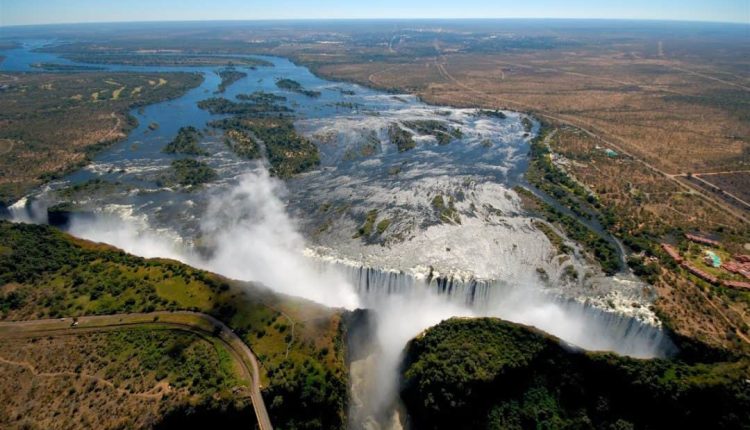
The Seven Natural Wonders Of Africa
The seven natural wonders of Africa were officially declared in 2013 and comprises of exceptional and outstanding natural features.
Africa has large areas of unspoiled nature and terrain, rich wildlife, diverse landscapes, and diverse cultures. The land is therefore full of wonders, but seven stand out above the rest and were chosen by popular vote on February 11, 2013. The following is a list of the “Seven Natural Wonders of Africa.”
Africa is the world’s second-biggest continent, comprising 11.7 million square miles (30.3 million square kilometers) and accounting for 20% of the total land area. Despite the fact that Africa is home to the only remaining original member of the Seven Wonders of the realm, it is often linked with the realm of wildlife.
The shoreline of the continent is 16,000 miles (26,000 km). Africa contains the world’s highest density, population, and diversity of free-roaming wild animals. The continent also boasts the greatest diversity of carnivores, with the lion reigning supreme. The Big 7 are found in Africa and comprise the lion, leopard, crocodile, elephant, rhinoceros, hippopotamus, and lowland gorilla.
The Seven Natural Wonders Of Africa
Ambassador: Victoria Falls
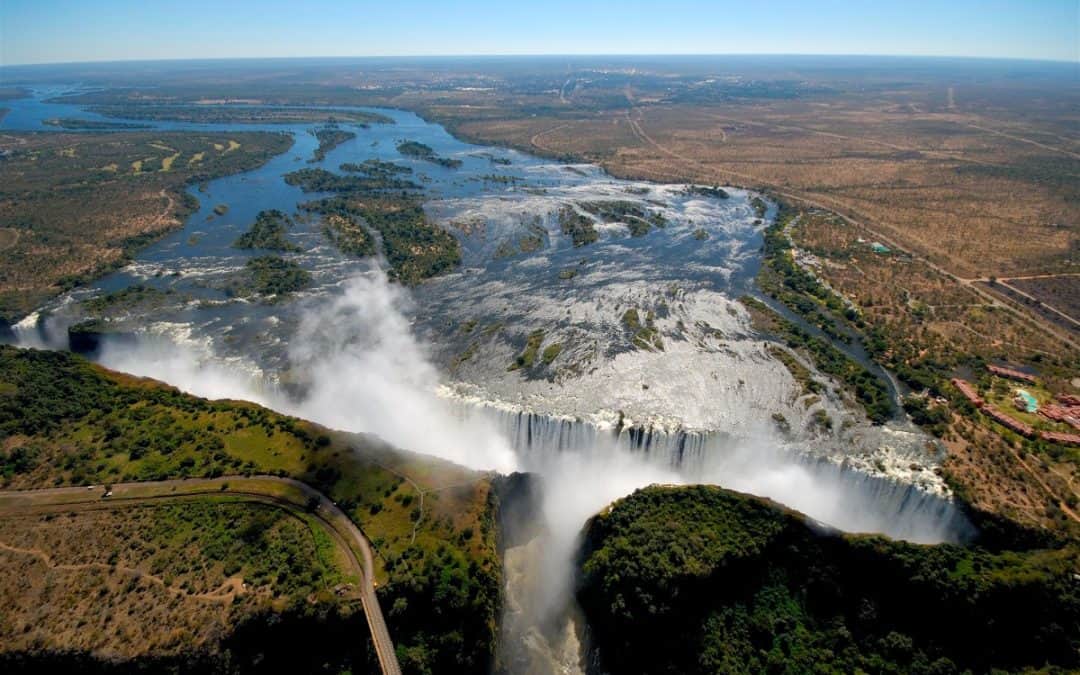
Victoria Falls, part of the World’s Seven Natural Wonders, is honored to serve as Ambassador Wonder to the Seven Natural Wonders of Africa. Congratulations to each of these deservingly selected African Natural Wonders.
The Seven Natural Wonders of Africa were officially declared on February 11, 2013, in Arusha, Tanzania. These natural wonders were decided by insights from specialists all throughout the world, with a particular emphasis on environmentalists such as members of the International Union for the Conservation of Nature.
1. Red Sea Reef
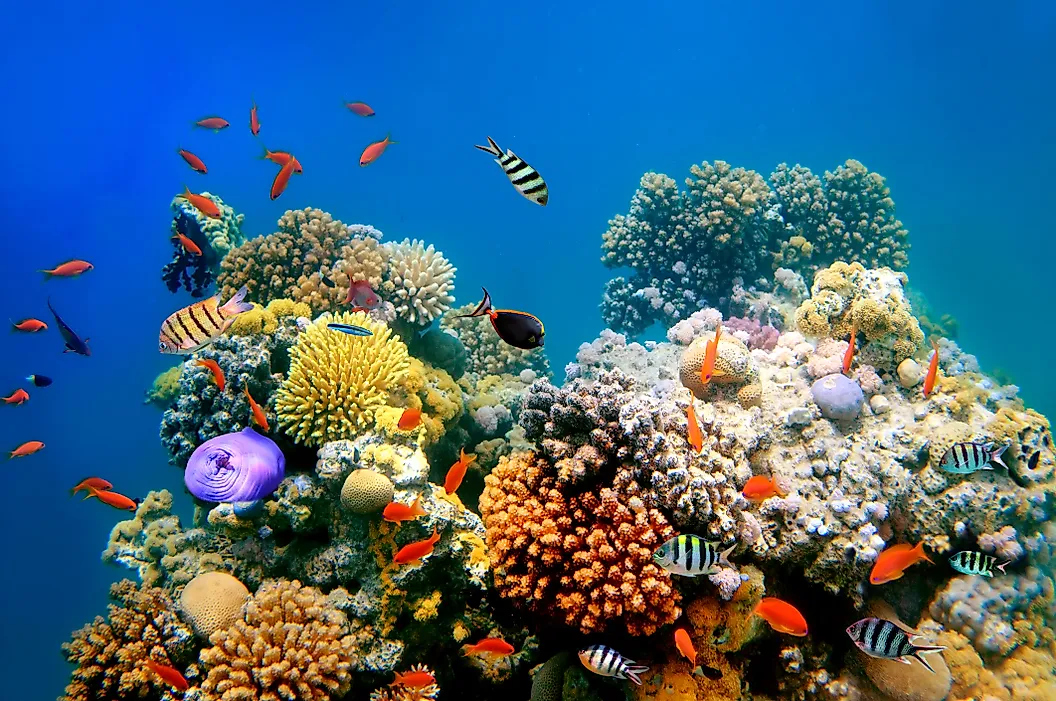
The Red Sea is a seawater inlet in the Indian Ocean located between Asia and Africa. The Red Sea is connected to the ocean through the Gulf of Aden and the Bab el Mandeb Strait. The sea is supported by the Red Sea Rift, which has been designated as one of Africa’s Seven Wonders.
The Red Sea is 169,000 square miles in size, 1,400 miles long, and 221 miles broad. The highest depth of the Red Sea is 7254 feet. The Red Sea’s wide network of shallow shelves is known for its corals and marine life. The Red Sea is home to about 1,000 invertebrate species and 200 hard and soft coral species.
Approximately 10% of the Red Sea’s more than 1,200 fish species are indigenous. The sea’s fringing coral reefs are approximately 5,000 to 7,000 years old and are composed mostly of porites and Acropora corals. Platforms, lagoons, cylinders, and other structures are related to the reef habitat. The Red Sea’s reefs are home to about 44 different shark species.
2. Okavango Delta
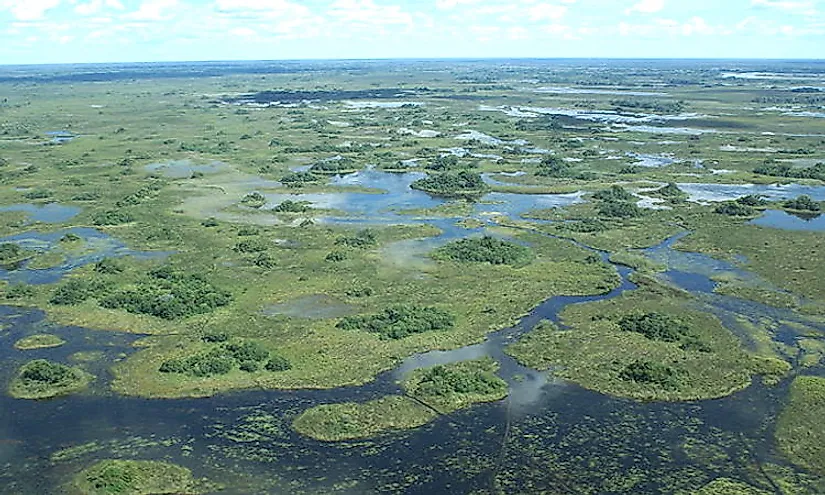
The Okavango Delta is a vast swampy inland delta formed when the Okavango River enters a geological depression. The delta is located in the Kalahari’s endorheic basin’s central area. During the dry season, the river’s water never reaches the ocean and evaporates.
The Moremi Game Reserve is located on the eastern edge of the Okavango Delta. The African bush elephant, hippopotamus, South African cheetah, Southwest African lion, African buffalo, larger kudu, rhinoceroses, chacma baboon, and more species can be found in the region. The Okavango Delta has been designated a UNESCO World Heritage Site due to its majesty and magnitude.
3. Ngorongoro Crater

The Ngorongoro Crater is the centerpiece of Tanzania’s Ngorongoro Conservation Area, a World Heritage Site and protected area located west of Arusha. The Ngorongoro Crater is the world’s largest inactive and unfilled volcanic crater. A large volcano exploded and collapsed on itself roughly 2 to 3 million years ago, forming a crater.
The eastern side of the crater highlands is covered in montane forest, but the western wall, which receives little rainfall, has a grassland and scrub terrain. The crater floor is open grassland with two fever tree-dominated tiny forested patches. The Ngorongoro Crater is also considered one of Africa’s Seven Wonders due to its unique features.
4. The Serengeti Migration
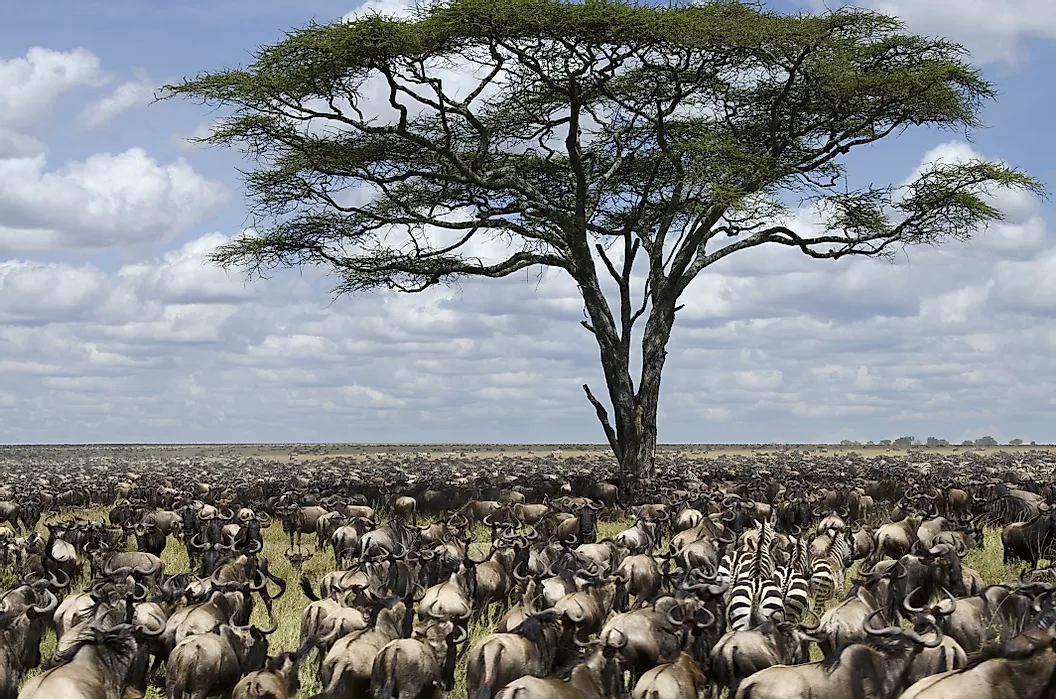
The Serengeti is an African habitat that stretches from northern Tanzania to the southwest corner of Kenya. In Kenya, the Serengeti is known as the Maasai Mara. The habitat is home to the world’s greatest migration of terrestrial mammals.
The ecoregion is separated into various game reserves, including Tanzania’s Serengeti National Park. Aside from lions, there are 70 species of large mammals and 500 kinds of birds. The Serengeti’s landscape is diverse, with grasslands, woodlands, riverine forests, wetlands, and kopjes. Every year, the Serengeti is witness to the enormous wildebeest migration. The migration begins in Tanzania’s Ngorongoro Conservation Area in the southern Serengeti.
Approximately 260,000 zebras, 1.7 million wildebeest, 470,000 gazelles, and other plains animals begin migrating between January and March. By February, these animals have begun to graze on the short grass plains of the Serengeti’s southeastern part and have given birth to over 500,000 calves.
Read African Countries with the Longest Coastlines
The end of the rainy season in May causes animals to migrate northwest, and they remain in the area surrounding the Grumeti River until late June. The herds arrive and stay in Kenya from late July through August. The great migration is an eventful trip that witnesses the migrants’ birth and death. Approximately 250,000 wildebeest perish on the voyage due to thirst, malnutrition, and predation.
5. Sahara Desert
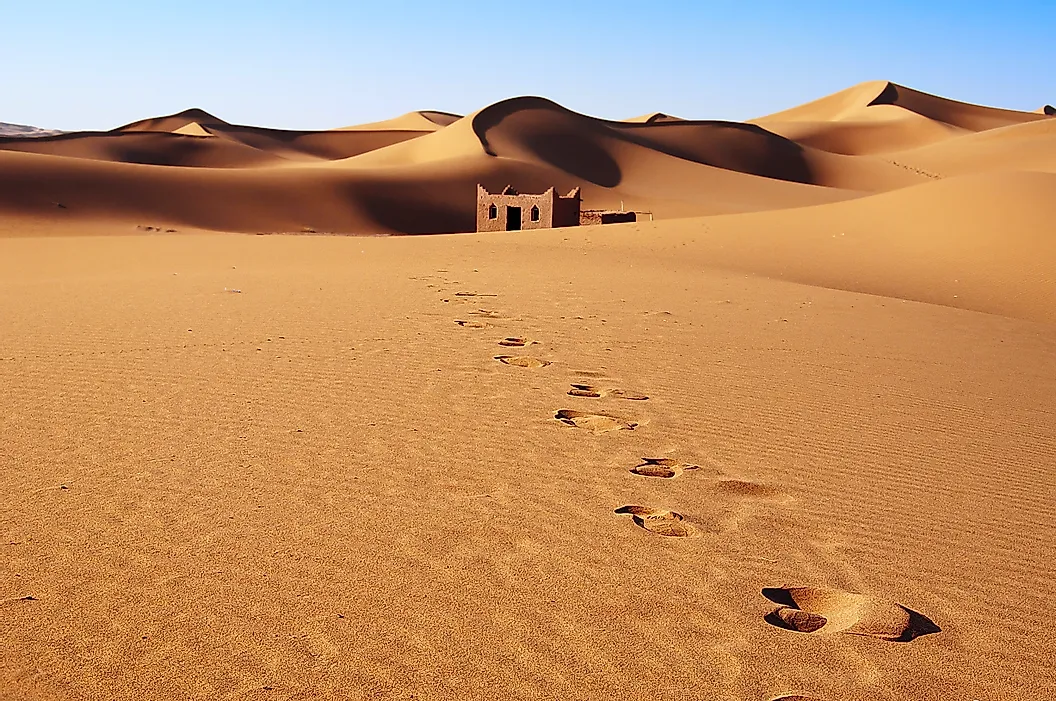
Coming behind the chilly Antarctic and Arctic deserts, the Sahara Desert is the world’s third-largest desert. The Sahara, on the other hand, is the world’s hottest desert. The desert is equivalent in size to the United States (3,500,000 square miles).
Except for the Mediterranean Sea coast, Egypt’s and Sudan’s Nile Valley, and the Maghreb Atlas Mountains, the Sahara Desert encompasses much of North Africa.
The parched desert is not entirely devoid of life. It is home to a variety of fox species, addax, dama gazelle, Saharan cheetah, monitor lizard, sand vipers, African wild dog, red-necked ostrich, desert crocodiles, Saharan silver ant, dromedary camels, and goats.
The desert is also home to various nomadic tribes, and villages can be found in the desert’s oasis. Several tourism activities, such as camping, wildlife viewing, cultural tours, and camel rides, are organized in specific regions of the Sahara Desert by knowledgeable locals.
6. Mount Kilimanjaro
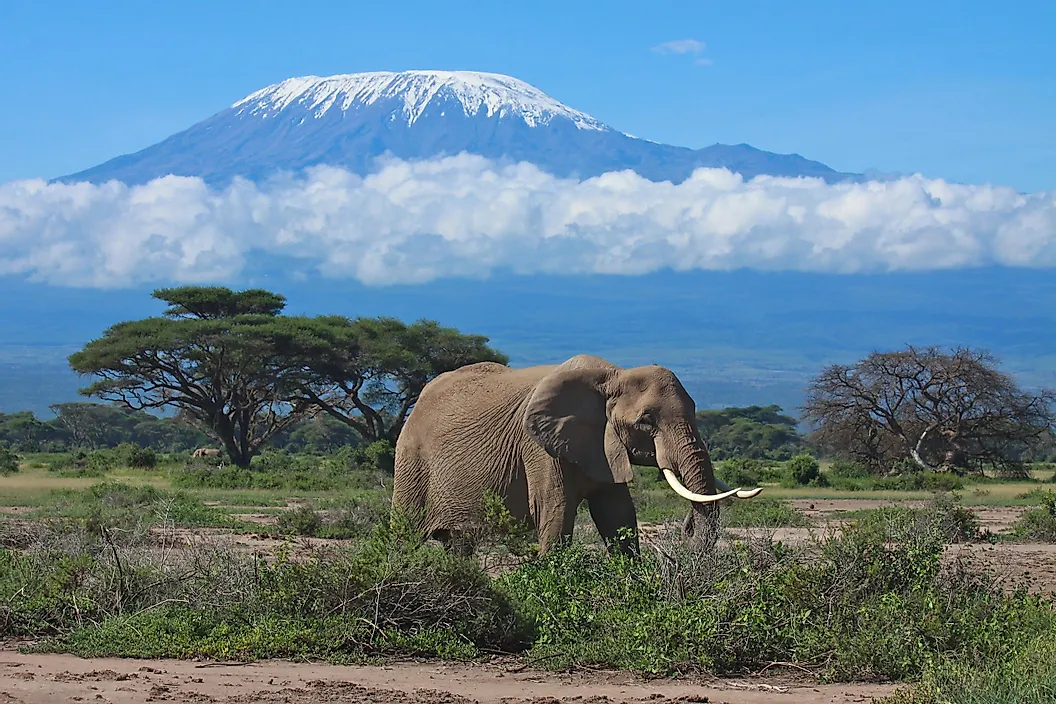
Mount Kilimanjaro, a dormant volcano in Tanzania, is Africa’s highest peak. The mountain rises approximately 16,000 feet from its base to a height of 19,341 feet above sea level.
The mountain is the focal point of Kilimanjaro National Park and a renowned climbing destination. Mount Kilimanjaro is the world’s highest volcano which is not located in South America. The Kibo, Mawenzi, and Shira cones are different features of the stratovolcano.
There are recognized hiking trails that lead to the mountain’s summit. The Machame route is the most scenic of all options. Although the hike to Mount Kilimanjaro’s summit is not as demanding as climbing the Himalayan or Andes summits, fatalities are not uncommon. As a result, climbers are asked to follow certain standards established by the government in order to maximize their chances of reaching the summit of Mount Kilimanjaro safely.
7. The Nile River
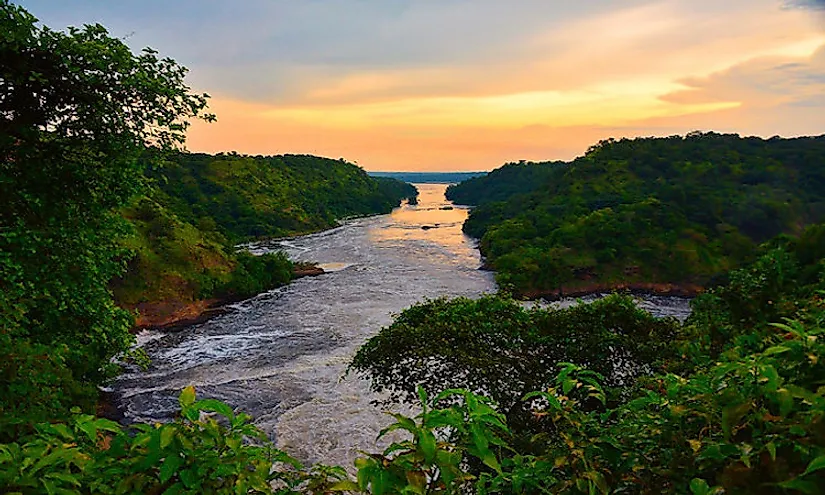
The list of Africa’s Seven Wonders would be incomplete without involving the Nile River, the world’s longest river. The Nile is a river in northeastern Africa that flows north. The 4,145-mile-long Nile River is shared by 11 countries throughout the world, and it serves as the primary source of water for entire populations in Sudan and Egypt.
In Egypt, the Nile River empties into the Mediterranean Sea via a huge delta. This river gave birth to and supported Egyptian culture as well as Sudanese dynasties. The majority of Egypt’s main historical and cultural landmarks are consequently concentrated around the Nile River’s banks.
